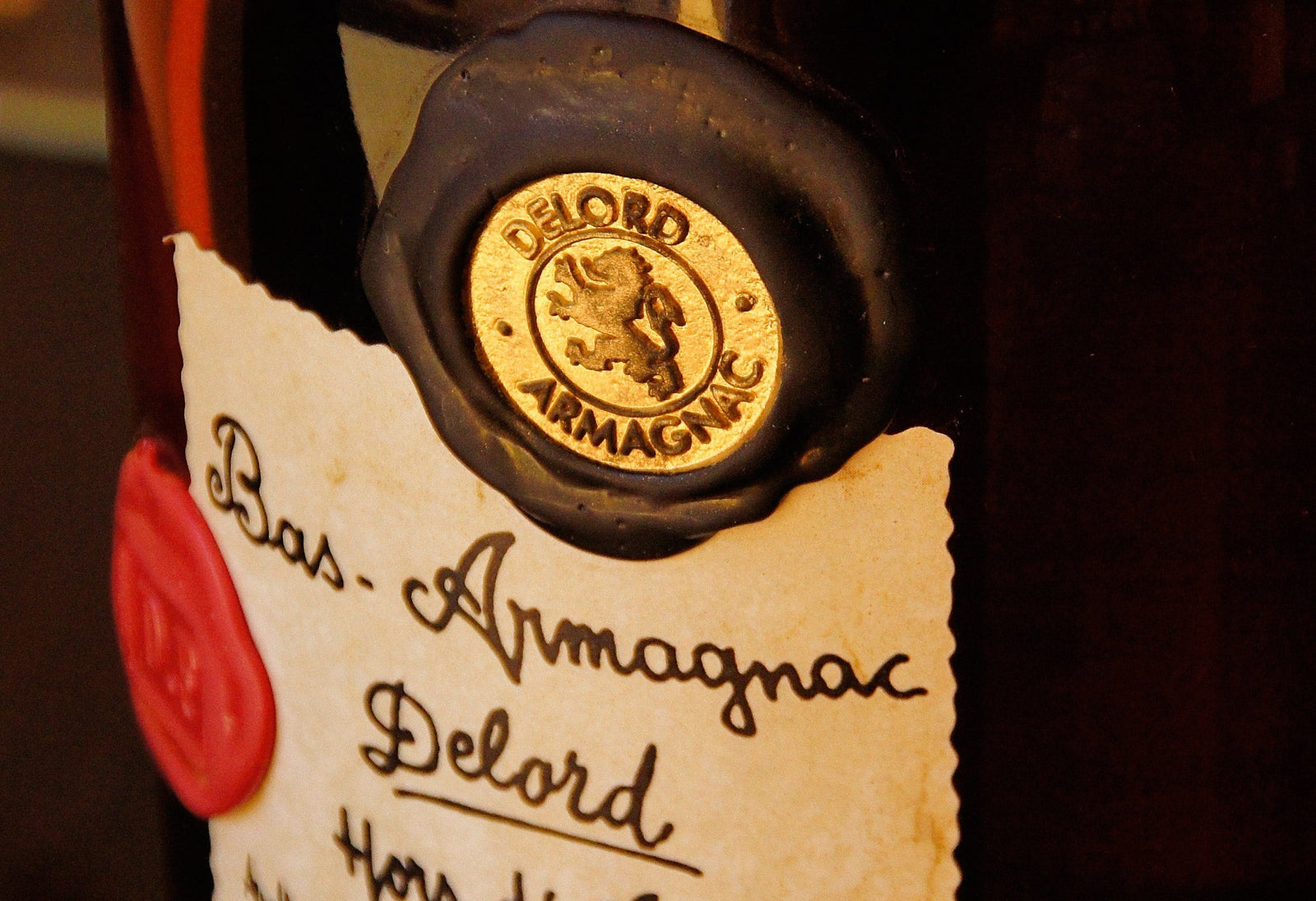“A man’s got to believe in something. I believe I’ll have another drink.”
What is Armagnac? Find out from the Experts!
Armagnac got its name from the place Armagnac, in France, and is a well-known classic among French spirits.
Armagnac is one of the most popular French spirits and the oldest brandy to be still produced in the world. In the initial years of its production, it was believed that Armagnac had therapeutic benefits that enabled a person to recall the past and preserve youth.
Back then, trading was an essential aspect of civilization to flourish. Armagnac was traded in the markets of Saint-Sever, and Aire-sur-I’Adour, but later on, the Dutch traders started promoting Armagnac as the brand-new liquor in town that helped them to establish a market.
1646 marked the beginning of the production of Armagnac, and soon it was severed in the palace of Versailles, and by 1800, the entire Armagnac region was used to produce this famous brandy.
Situated in the foothills of the Pyrenees in between the Ardour and Garonne rivers, Armagnac covers 15,000 acres of land. This vast landscape is divided into three districts for the production of this liquor, namely Gers, Lot-et-Garonne, and Landes of grape vines.
By 25th May 1901, the area was further divided into -
- Bas-Armagnac - produced 62% of the brandy
- Armagnac- Tenareze produced 37%
- Haut- Armagnac that produced only 1%
All three districts are under the control of Appellation d'Origine Contrôlée (AOC) regulation, which maintains and controls the production of Armagnac in the world.
Drinking Armagnac soon became popular and it paved the way for a new, fine, clear, and unaged brandy, the Blanche d’Armagnac, which quickly became the talk of the town!
What is Armagnac made from?
Armagnac is made from grapes that include a variety of grapefruits like Baco 22A, Ugni Blanc, Colombard, and Folle Blanche.
Distilled in column stills, the spirit is then aged in large oak barrels before making it to the market. Although sipping Armagnac feels like one step closer to what it feels like to be heaven, this particular spirit was dominated by Cognac.
Armagnac vs. Brandy - What is the difference?
Armagnac, in other words, is a type of brandy that is made by distillation and then preserved in oak barrels before packaging for sale.
Unlike other liquors, Armagnac is distilled once and produced exclusively in this region of France. Armagnac was produced almost 200 years before Cognac, but due to an underdeveloped mode of communication, it never made it into the limelight as the other liquors did.
The characteristics of the grapes grown in the southwest part of France, near the Gascony region, give Armagnac a unique taste and flavour. Armagnac is only authentic if produced in Armagnac itself. Hence be double-sure to check when you decide to buy a bottle!
Armagnac Vs. Cognac
Any drink that usually gets the name after a certain place has a unique way of standing out from the crowd of common beers, whiskies, wine, and vodka!
The wine brandy distilled twice and churned out in the Cognac region is known to be Cognac, and the one that is distilled once and produced in Armagnac is known as Armagnac.
Both drinks have a subtle taste that mirrors the characteristics of the culture, lifestyle, and uniqueness of the grapes that are grown in the specific region.
Cognac is distilled twice in copper pot stills and aged in Limousin or Troncais Oak barrels. Armagnac is distilled once in continuous alembic stills and usually aged in Limousin oak barrels.
Fun fact, you can always have a few sips of unaged Armagnac, but unaged Cognac, to date, lacks existence!
The distillation process of Armagnac has an added advantage and hence can be aged for more than ten years compared to Cognac. Drinking Armagnac, you will get a more complex and unique flavor in comparison to Cognac. Armagnac can also be aged in big Gascon oak barrels.
Both drinks are types of brandy sold in the market either as vintage or blended, but in most cases, it’s the latter.
How to Serve Armagnac?
The most common question that arises in the mind of an œnophile is, “How to drink Armagnac or any wine?”.
When buying a bottle of wine, it is evident you want to consume it in the best way.
How would it smell or feel when you take the first sip, as the wine touches your lips and slowly goes all the way down?
Armagnac is served by:
Serving in a cocktail - you can pour a small amount of Armagnac in a small glass, preferably 30-90ml, on a comparatively narrow rim and mix it with a scoop of dessert, milk, or coffee! There are many cocktails which feature brandy that may choose Armagnac as the preferred brandy.
As an after-dinner beverage - Armagnac is best enjoyed after dinner. Warm a narrow glass in your hand, and pour a considerable amount of Armagnac. Let the smell devour you as you light a cigar and take small sips from the glass!
Characteristic Of Armagnac
Armagnac has an alcohol content of about 40-60%. It has a complex flavour and brown colour, except for blanc, which is clear or white.
A freshly brewed batch of Armagnac might have a very floral and fruity odour. Other times, it may evoke the taste of a pastry or other candied fruits that emanate the smell of a woody, mildly spicy, empyreumatic matter. brown, and robust in colour.
Many flavours can be discovered in Armagnac, with factors such as barrel type, year, grapes, aging location and more influencing the end result.
Shop Premium Armagnac from Spirits of France
If you, too, are a connoisseur of liquor and want to get your hands on the best bottles of Armagnac available, do check out Spirits of France. Our cellar constitutes a wide variety of age-old classic French Armagnac and is sure to give your taste buds a whirl.
Check out our page at https://spiritsoffrance.com.au/ and get yourself the best French Liquor available in the market.
Cheers & Drink Responsibly!

